The aesthetic that I chose to study is a combining of nature with architecture. This aesthetic is the cause for indoor house plants and larger windows with better lighting that allows the people inside to feel closer to nature. This style was initially created by a man named E.O Wilson in 1984 in a book called Biophilia, which emphasized that people are human due to their connection to nature. The aesthetic started to become a lot more popular as research began to surge and show that there was a beneficial impact for humans living or working in an environment that was more open and natural. It is not uncommon to also see this aesthetic thriving on the outside of architectural buildings as well. An extremely large and new project that is currently emerging from Saudi Arabia is called “The Line”. This project is currently underway and a wonderful example of creating buildings to allow human beings to live alongside trees and grass. This building when completed will be inspirational for the Biophilia aesthetic because it will prove that humans can incorporate nature into our lifestyles despite hostile exterior environments.
People inherently love nature and being able to live alongside it is a necessity as human industrial expanse has continued to grow at such an alarming pace. Because of this, biophilic architecture is seen as refreshing and inspiring. This type of design ranges from the size of a small room with lots of house plants to things as large as city sized projects that contain buildings that are draped with vines and trees. As countries become more affluent and people have less direct connection to nature, this aesthetic truly thrives. There are a lot of companies that specialize in accomplishing this: Ambius, Botanical Designs, Cushing Terrell, Government institutions… etc. These large players in the field pour a lot of resources into creating large buildings that cater towards humans need to be in touch with the outdoors all around the world. While these buildings inside of large cities provide residence a great escape from the concrete jungle and to come back in touch with their natural selves without having to travel too far, it is not a replacement for the true experience of being camping or traveling.
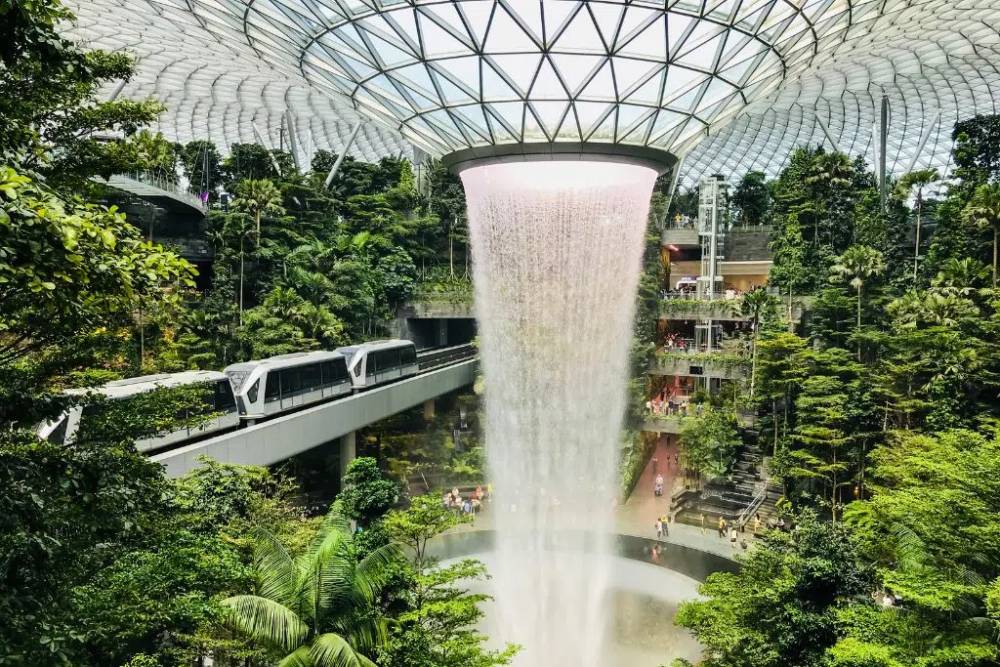
Hong Kong Biophilic Design – Curtis Lam https://earth.org/biophilia-design-biophilic-cities-hong-kong/
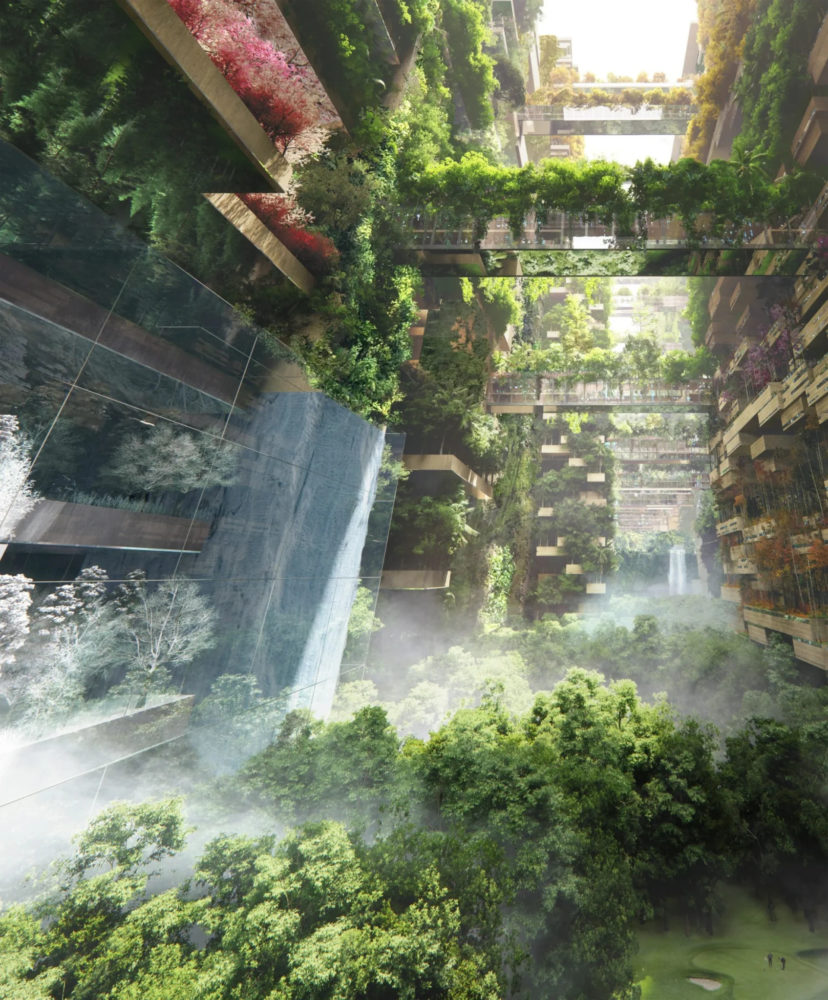
The Line – Globetrender https://globetrender.com/2022/07/27/the-line-saudi-arabia-earthscraper-city/
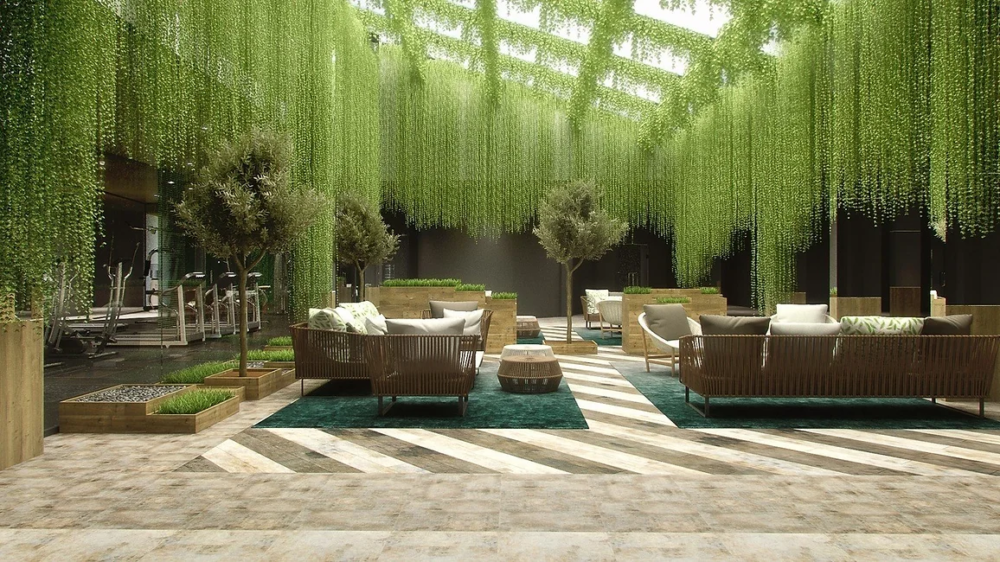
Biophilic Designs – Mahal https://www.mahlaofficefurniture.com/single-post/2018/04/13/biophilic-design
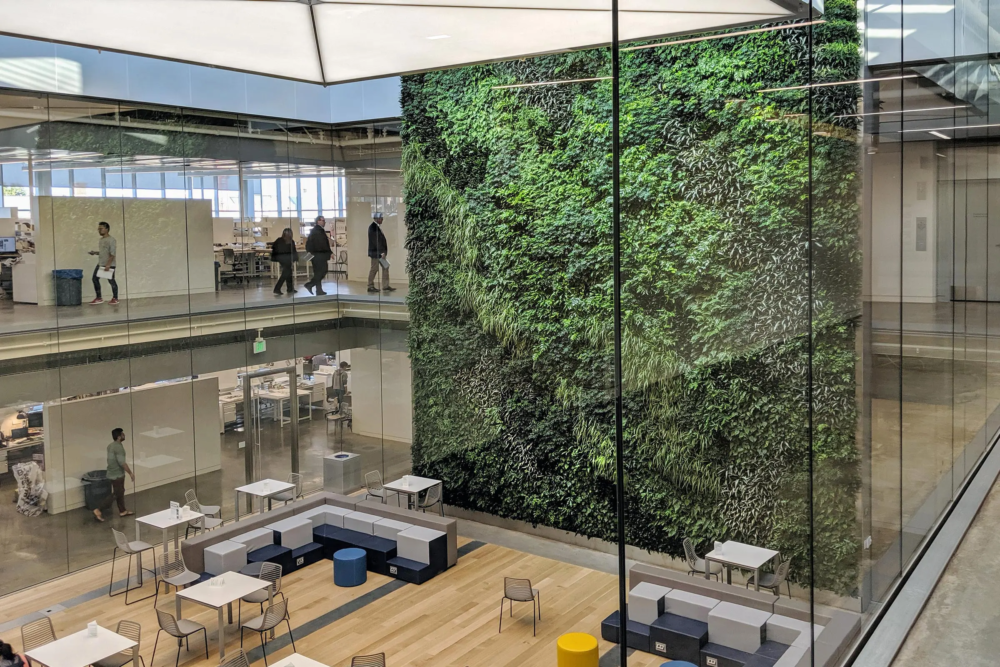
Incorporate Biophilic Design in Any Space – Samantha Stevens https://gbdmagazine.com/how-to-incorporate-biophilic-design/
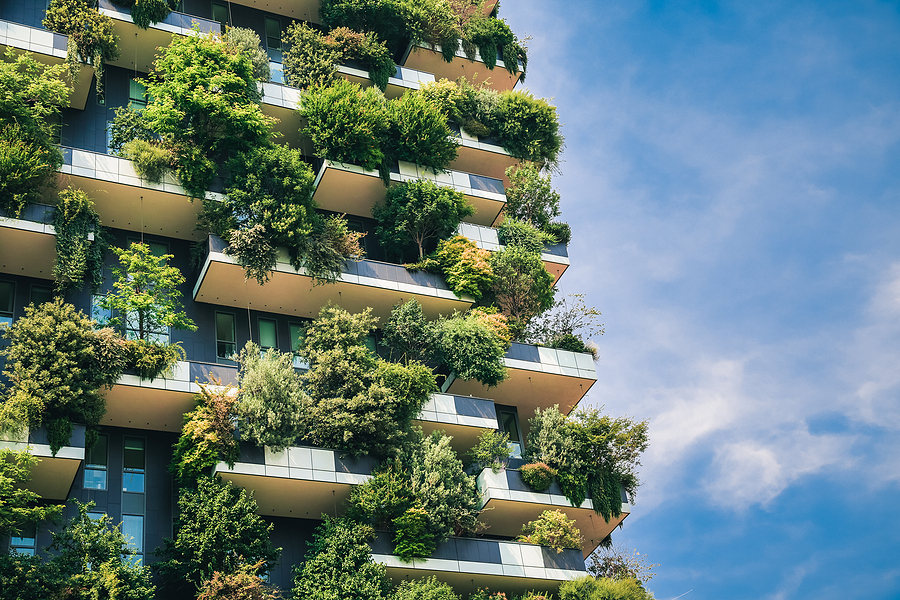
*Intro image – https://metropolismag.com/viewpoints/what-is-and-is-not-biophilic-design/ *

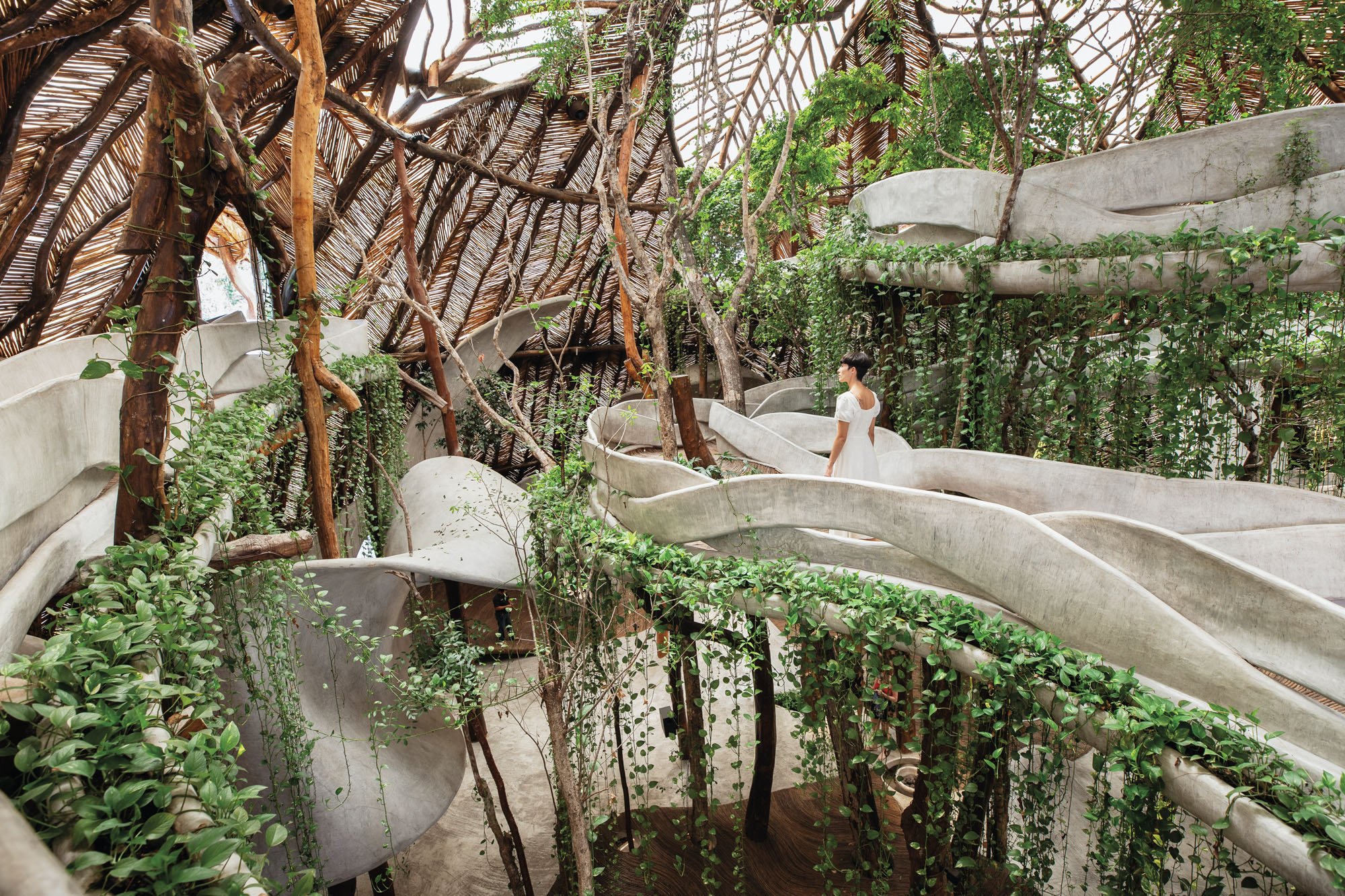
4 Comments. Leave new
I appreciate how the biophilia style blends nature and architecture. The genesis of this style may be found in E.O Wilson’s book “Biophilia,” which demonstrates the positive influence of incorporating nature into indoor and outdoor architecture on human well-being. The conclusion mentions that the biophilia aesthetic is prospering as a result of the growing estrangement between people and the environment, as well as the presence of specialist enterprises in this sector. According to me the blog gives a decent summary of the subject but might use more particular examples.
Thank you so much for your feedback! I will be sure to add some more examples for the post
These beautiful photos are a good representation of connecting the natural environment into building industry because I feel like this aesthetic definitely has a positive impact on the overall wellbeing of its occupants. Being stuck in an office building can feel like you are cut off from the outside world so adding the outside world into the office seems like a natural stimulant. Check out RiNo’s latest biophilic design on 3930 Blake St which utilizes a 10story hiking trail built into the façade of the glass building!
Do you think biophilic design substantially affects the engineering of the structure where you have to consider things like moisture and load distribution?
Wow! That building is really beautiful and perfectly captures the point of biophilic design! I do think that it is a consideration that builders have to keep in mind and will have substantial long term effects on the building. Having things that grow and dig their roots into to buildings definitely can damage the structure. There are materials that can combat against this but would definitely limit their design possibilities. Designing for nature to live inside of a building is a significant undertaking